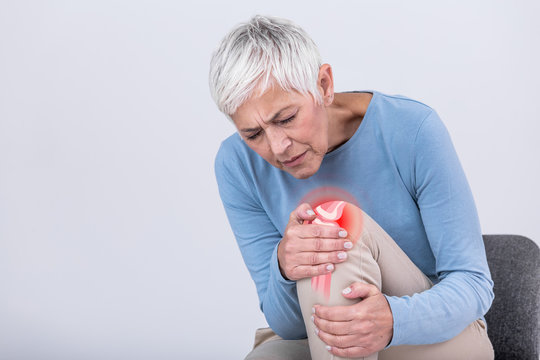
columbia pain relief chiropractor, columbia joint pain treatment, si joint pain relief, chiropractic for joint pain, joint pain hd images
Joint pain is a common condition that affects individuals of all ages, often leading to discomfort and reduced mobility. Understanding the nature and underlying causes of joint pain is crucial for effective management and treatment. This section aims to provide a comprehensive overview of joint pain, including its symptoms, impacts on daily life, and the importance of seeking professional help for diagnosis and treatment.
Many people may experience joint pain due to various factors such as age, lifestyle, and underlying health conditions. Recognizing the signs early can lead to timely intervention and better outcomes. For instance, early consultation with a chiropractor can help identify the root cause of joint pain and develop an appropriate treatment plan tailored to the individual's needs.
Chiropractic care offers numerous benefits for individuals suffering from joint pain, focusing on holistic healing and natural remedies. By employing techniques such as spinal adjustments and manual therapies, chiropractors can help alleviate pain, improve joint function, and enhance overall mobility. This approach not only addresses the symptoms but also works to correct underlying misalignments that contribute to pain.
Research has shown that chiropractic care can effectively reduce joint pain and improve quality of life for many patients. For example, studies indicate that regular chiropractic adjustments can lead to significant improvements in pain levels and functional abilities in individuals with osteoarthritis. By incorporating chiropractic care into a comprehensive treatment plan, patients can experience long-term relief and a better quality of life.
Preventing joint pain is an essential aspect of maintaining overall health and wellness. By adopting certain lifestyle changes and proactive measures, individuals can significantly reduce their risk of developing joint pain. This section provides practical tips and strategies, such as maintaining a healthy weight, engaging in regular exercise, and practicing good posture, to help prevent joint issues.
For instance, incorporating low-impact exercises like swimming or cycling can strengthen the muscles around the joints without putting excessive strain on them. Additionally, staying hydrated and ensuring adequate nutrition can support joint health. By following these preventive measures, individuals can enhance their quality of life and minimize the likelihood of experiencing joint pain in the future.
Recognizing when to seek professional help for joint pain is crucial for effective treatment and management. While some discomfort may be manageable at home, persistent or severe pain, swelling, or stiffness should prompt a visit to a healthcare provider. This section outlines the key indicators that suggest it's time to consult a chiropractor or medical professional for joint pain.
Common signs that warrant professional evaluation include pain that worsens over time, inability to perform daily activities, or experiencing joint instability. Early intervention can lead to better outcomes and prevent further complications. Consulting a chiropractor can provide valuable insights into the underlying causes of joint pain and the most appropriate treatment options available.